Sustainability Focus
The increasing emphasis on sustainability is a pivotal driver in the Fiberglass Door Market. Consumers and builders alike are gravitating towards eco-friendly materials, and fiberglass doors are often recognized for their energy efficiency and durability. This shift is reflected in the growing demand for products that minimize environmental impact. In fact, the fiberglass door segment has seen a notable rise in market share, with estimates suggesting a growth rate of approximately 5% annually. As regulations tighten around energy consumption and carbon footprints, manufacturers are likely to innovate further, enhancing the appeal of fiberglass doors. This trend not only aligns with consumer preferences but also positions the Fiberglass Door Market favorably in a competitive landscape, where sustainability is becoming a key differentiator.
Enhanced Security Features
Enhanced security features are becoming a critical consideration for consumers in the Fiberglass Door Market. As safety concerns rise, homeowners are prioritizing doors that offer superior protection against break-ins and adverse weather conditions. Fiberglass doors are often designed with advanced locking mechanisms and impact-resistant materials, making them an attractive option for security-conscious buyers. Market Research Future indicates that nearly 40% of consumers are willing to invest more in doors that provide enhanced security features. This growing awareness is prompting manufacturers to focus on developing products that not only meet aesthetic preferences but also address safety concerns. Consequently, the Fiberglass Door Market is likely to experience growth as consumers increasingly seek out doors that combine style with robust security.
Rising Construction Activities
The resurgence of construction activities is a significant driver for the Fiberglass Door Market. As urbanization accelerates and new residential and commercial projects emerge, the demand for durable and aesthetically pleasing doors is on the rise. Recent data indicates that construction spending has increased by approximately 8% in various regions, leading to heightened interest in fiberglass doors due to their resilience and low maintenance requirements. Builders and architects are increasingly specifying fiberglass doors in their projects, recognizing their advantages over traditional materials. This trend not only boosts sales within the Fiberglass Door Market but also encourages manufacturers to innovate and expand their product offerings to meet the evolving needs of the construction sector.
Integration of Smart Technology
The integration of smart technology into home improvement products is a notable trend impacting the Fiberglass Door Market. As smart home systems gain traction, consumers are increasingly interested in doors that offer enhanced security and convenience features. Fiberglass doors equipped with smart locks, sensors, and connectivity options are becoming more prevalent, appealing to tech-savvy homeowners. Market analysis suggests that the demand for smart doors is expected to grow by over 10% in the coming years, driven by the desire for improved home automation. This technological advancement not only enhances the functionality of fiberglass doors but also positions the Fiberglass Door Market at the forefront of innovation, attracting a broader customer base seeking modern solutions.
Customization and Personalization
Customization and personalization are increasingly influencing consumer choices within the Fiberglass Door Market. Homeowners are seeking doors that reflect their individual styles and preferences, leading to a surge in demand for customizable options. Manufacturers are responding by offering a variety of designs, colors, and finishes, allowing consumers to tailor products to their specific needs. This trend is supported by market data indicating that nearly 30% of consumers prioritize personalized features when selecting doors. As a result, companies that invest in customization capabilities may gain a competitive edge. The Fiberglass Door Market is thus evolving to meet these demands, potentially leading to increased sales and customer satisfaction as consumers find products that resonate with their unique tastes.


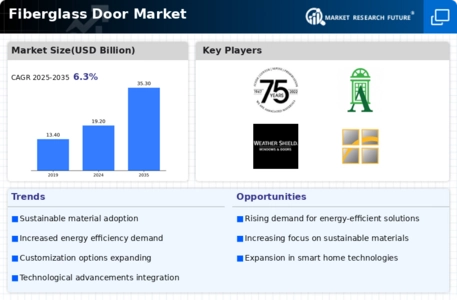
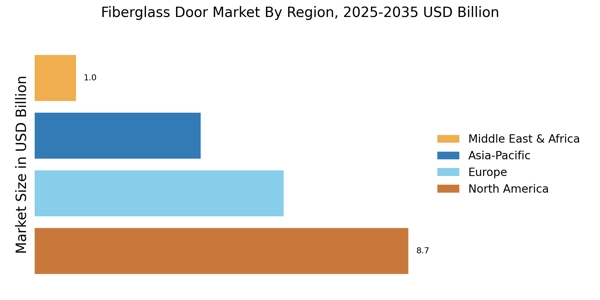
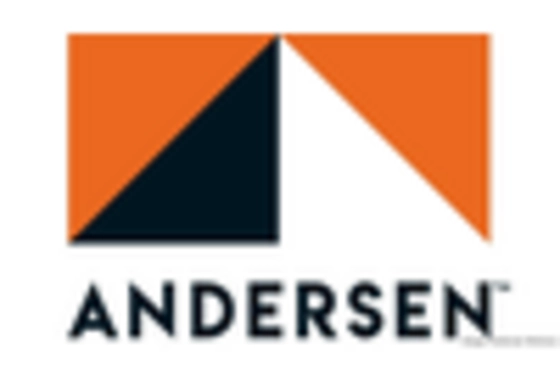
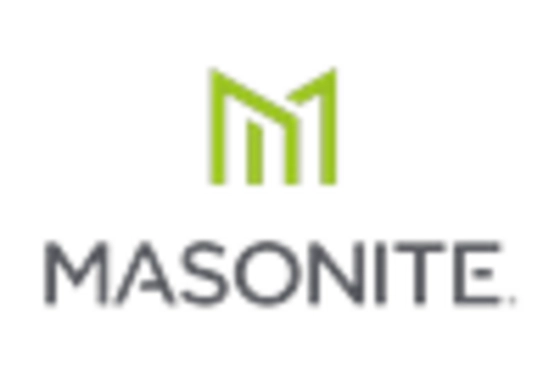
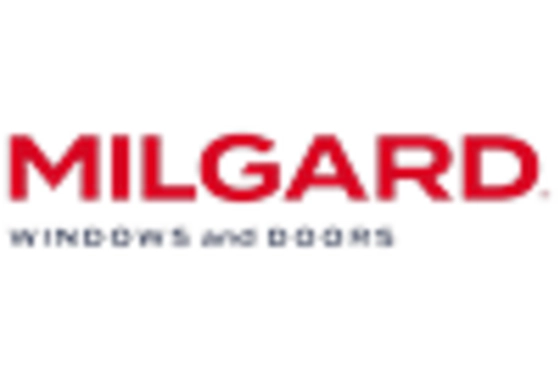
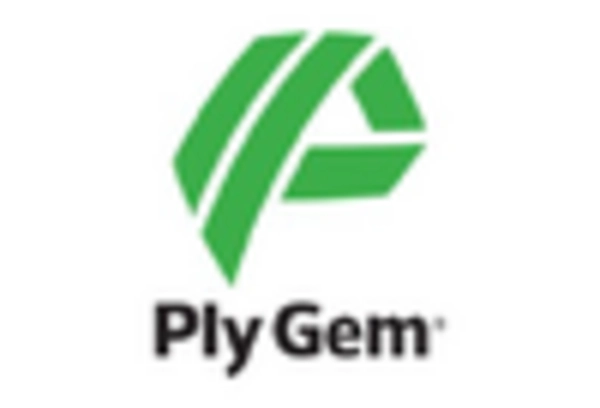
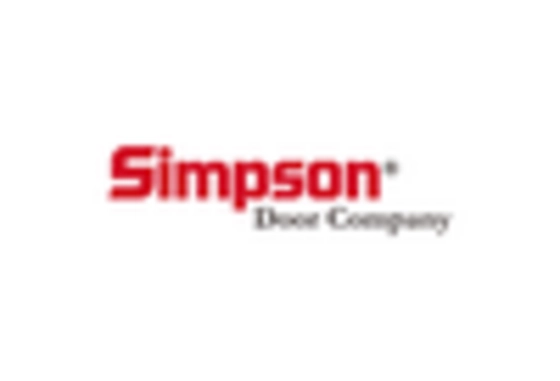
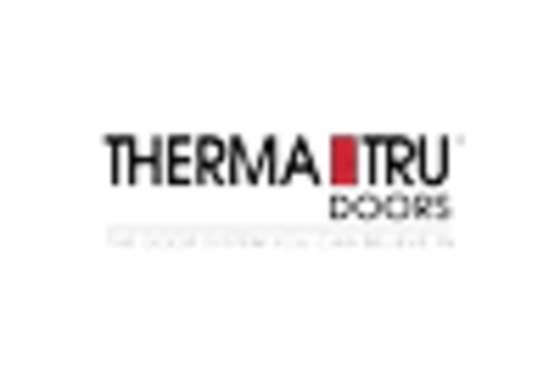








Leave a Comment